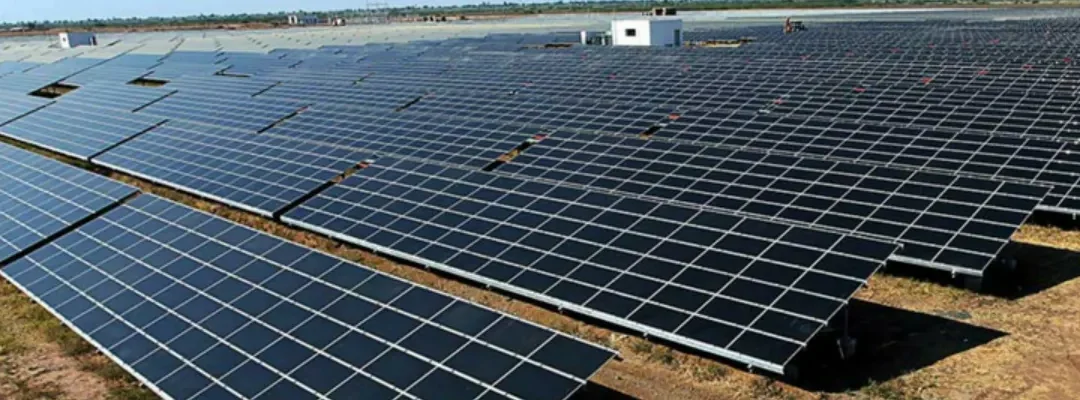Introduction
One of the biggest challenges in building a solar park is not panels, inverters, or financing — it’s land.
- Solar projects need large, continuous land parcels.
- But in India, land is often owned in small, fragmented plots by multiple farmers or families.
- Negotiating with each owner, checking titles, and resolving disputes can take years.
This is where land aggregators play a crucial role. They bridge the gap between landowners, developers, and investors, making solar projects faster, smoother, and risk-free.
Who Are Land Aggregators?
- Land aggregators are specialized professionals or companies who identify, acquire, and consolidate land for solar projects.
- They act as a link between multiple farmers/landowners and solar developers.
- Instead of a developer dealing with 50 small owners, the aggregator delivers a ready-to-use, dispute-free land parcel.
Why Land Aggregators Are Essential for Solar Projects
- Consolidating Fragmented Land
- In many states, agricultural land is divided into small holdings.
- Aggregators bring these together into large, solar-suitable plots.
- Legal Due Diligence
- They check land titles, encumbrances, and legal clearances.
- This avoids delays and costly disputes later.
- Negotiation with Farmers
- Aggregators negotiate fair deals with multiple farmers.
- Many offer lease models, ensuring farmers get steady yearly income.
- Speeding Up Projects
- Developers save months (or years) in land acquisition.
- Faster land availability = faster project commissioning.
- Reducing Risks for Investors
- Investors are assured of clean titles, clear boundaries, and legal compliance.
How Land Aggregators Support Developers and Investors
- For Developers:
- Save time and effort by avoiding hundreds of land negotiations.
- Get land parcels that are already surveyed and compliant.
- For Investors:
- Lower risk of title disputes or acquisition delays.
- Higher confidence in project execution and ROI.
In short: Land aggregators make projects bankable.
Example of Land Aggregation in Action
- A 100 MW solar park in Gujarat required 500 acres of land.
- The land was owned by over 200 farmers in small plots.
- The land aggregator negotiated with each farmer, consolidated the land, and provided a clear, legally verified parcel to the developer.
- Farmers earned lease income for 25 years, developers got ready land, and investors saw fast project execution.
Challenges Without Land Aggregators
- Years of delay due to title disputes.
- High risk of legal cases and government intervention.
- Difficulty in achieving large continuous parcels of land.
- Loss of investor confidence.
The Future of Land Aggregation in Solar
- With India targeting 500 GW renewable energy by 2030, demand for large solar parks will rise sharply.
- Land aggregators will play a key role in scaling projects quickly.
- Transparent land deals will also benefit farmers, developers, and investors equally.

